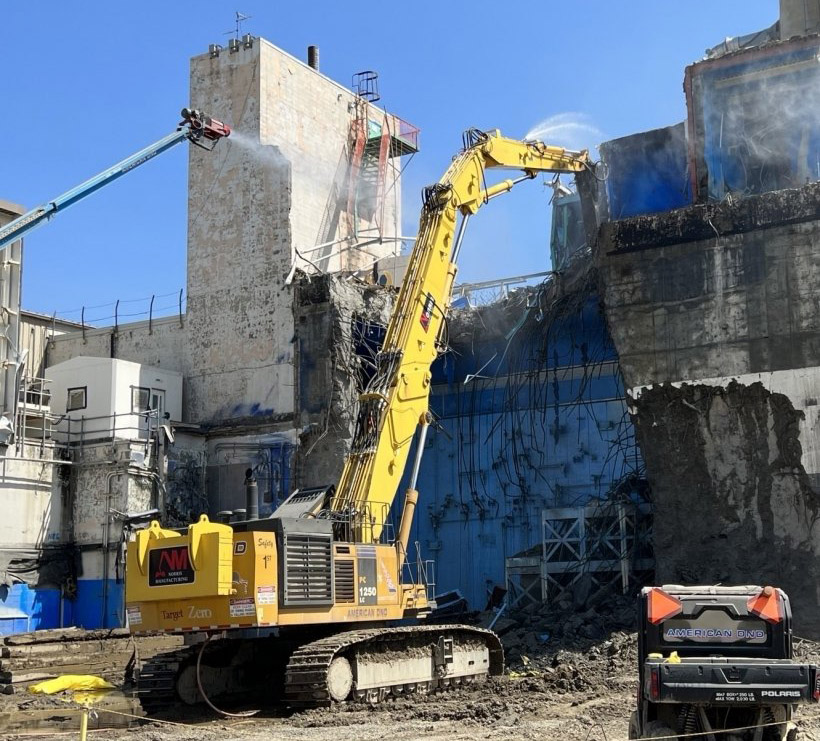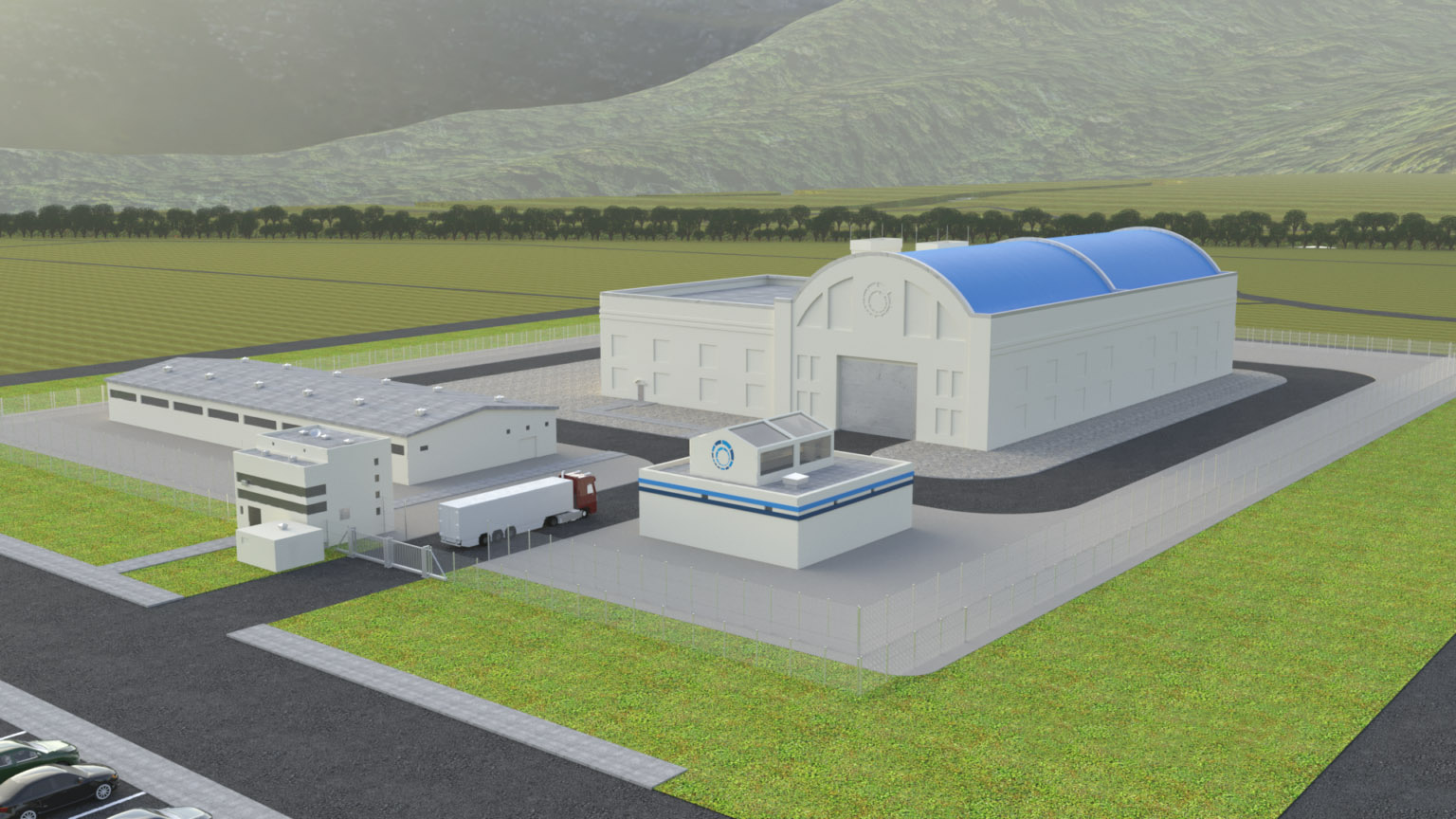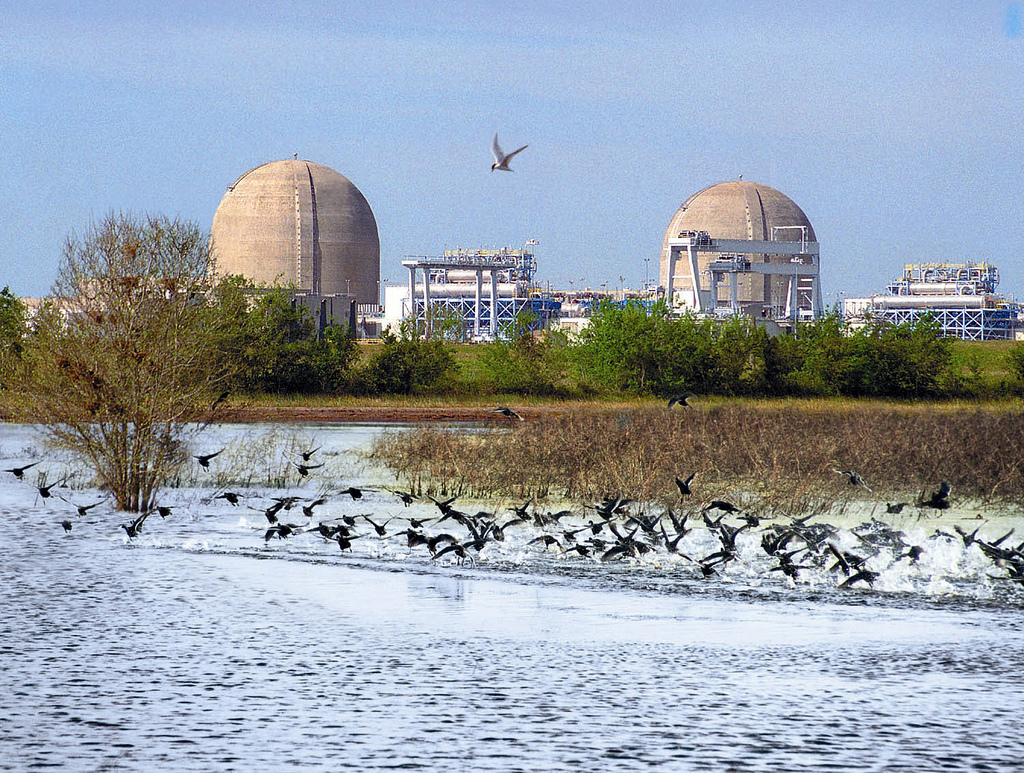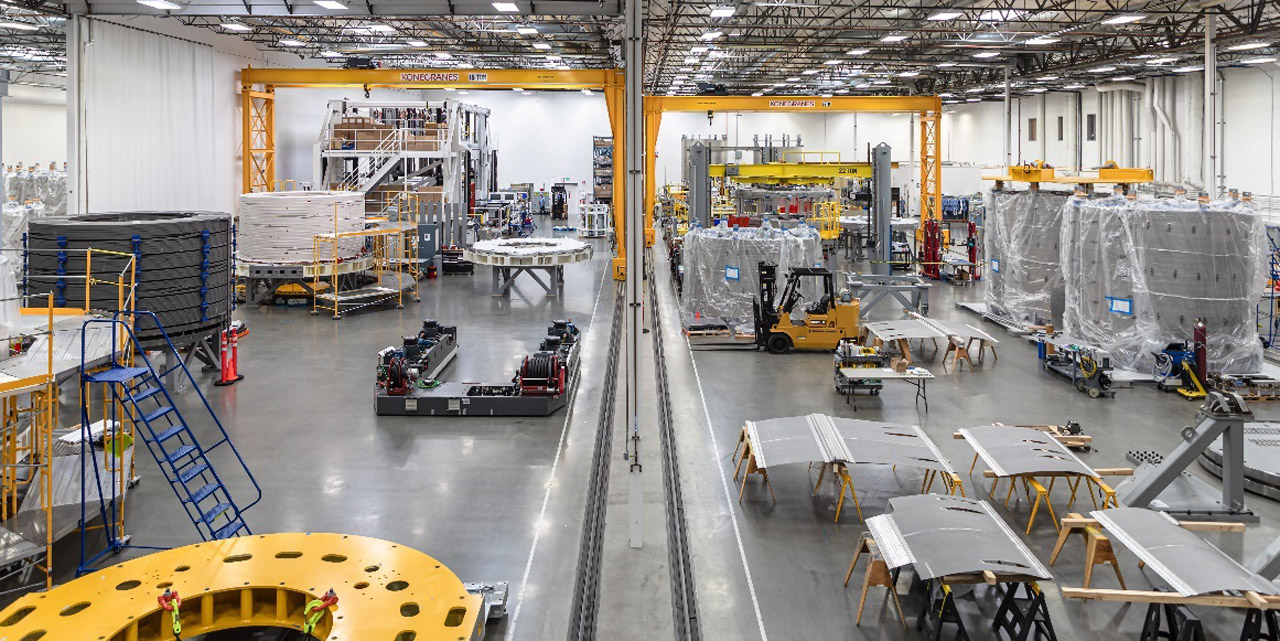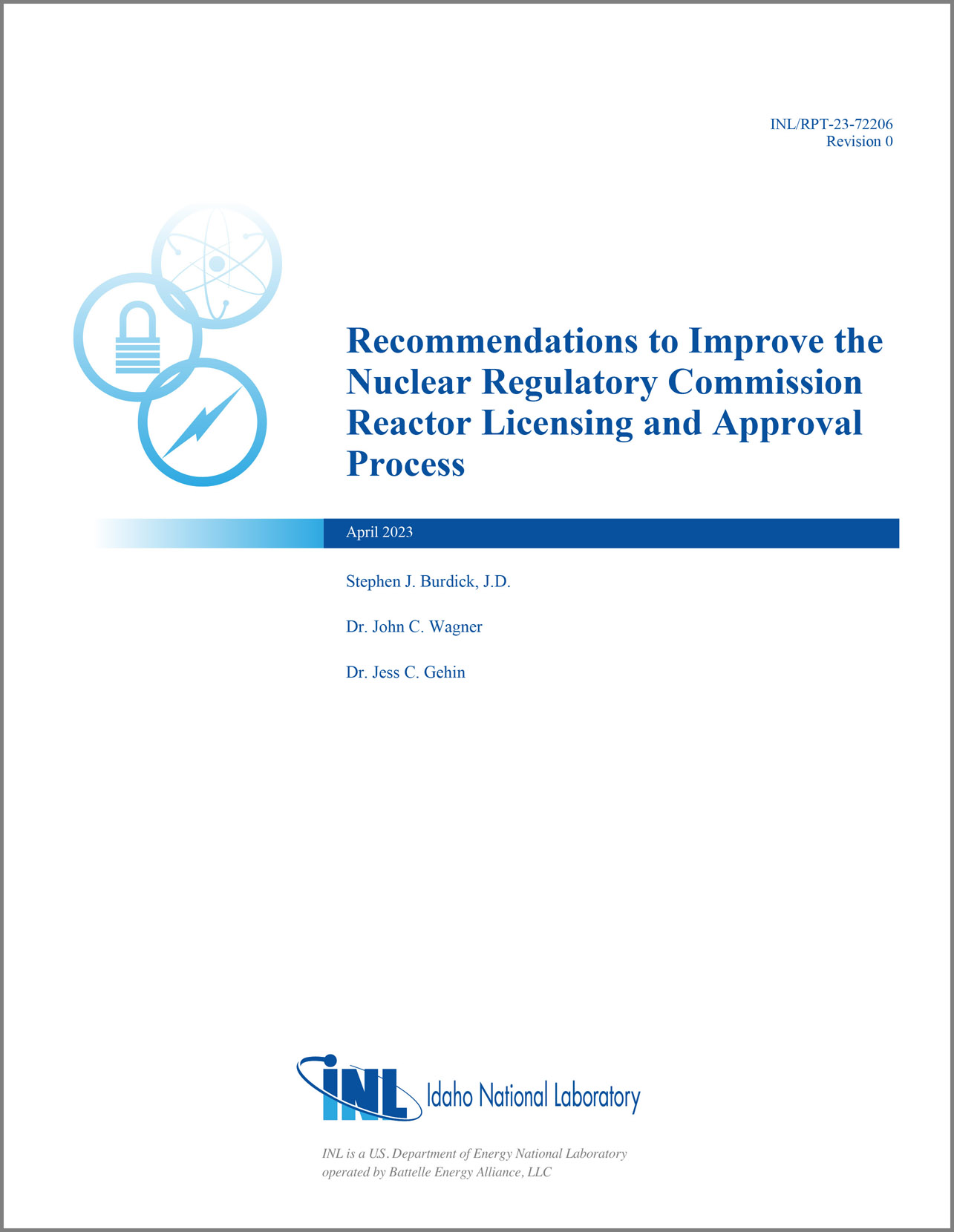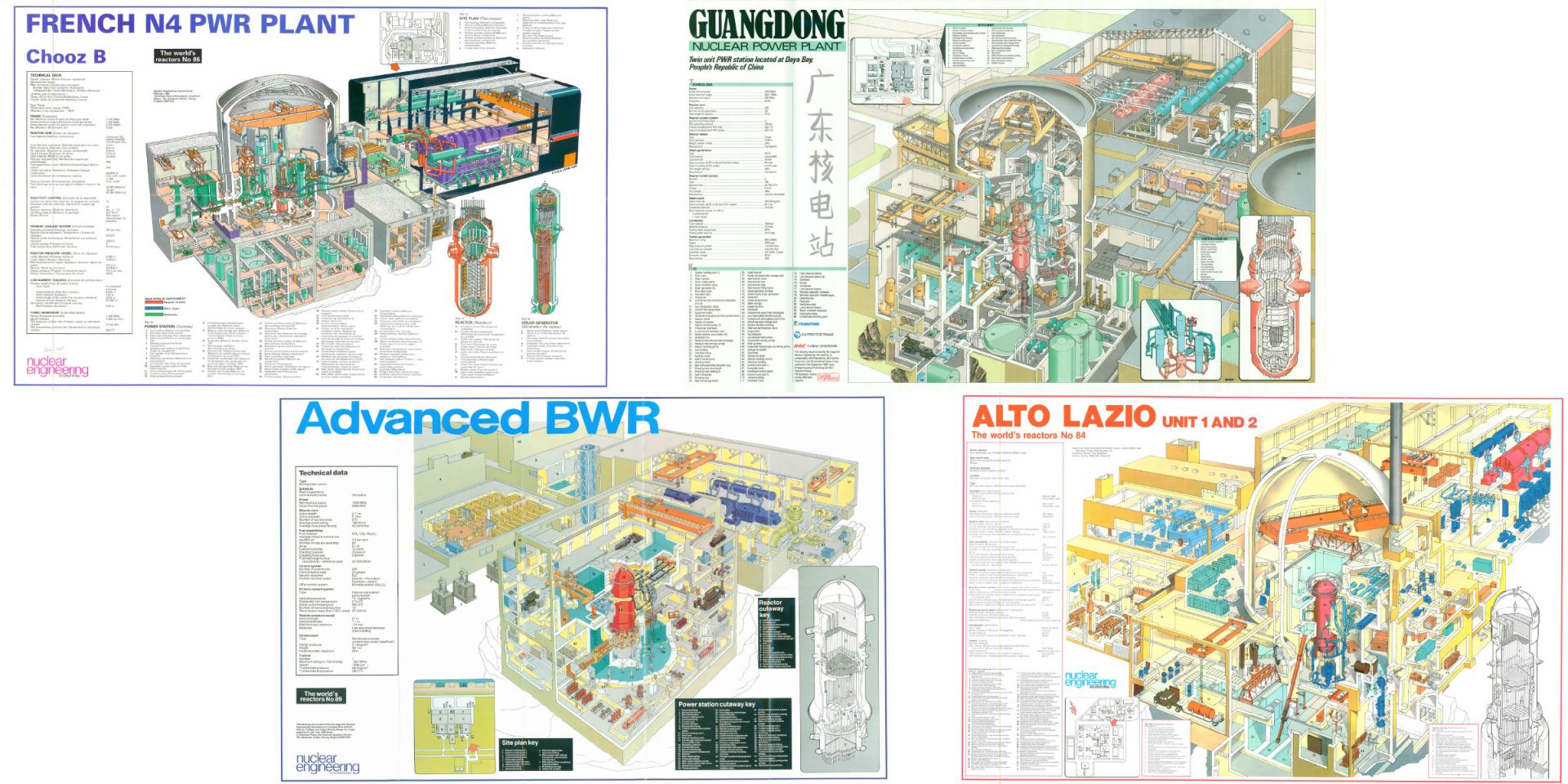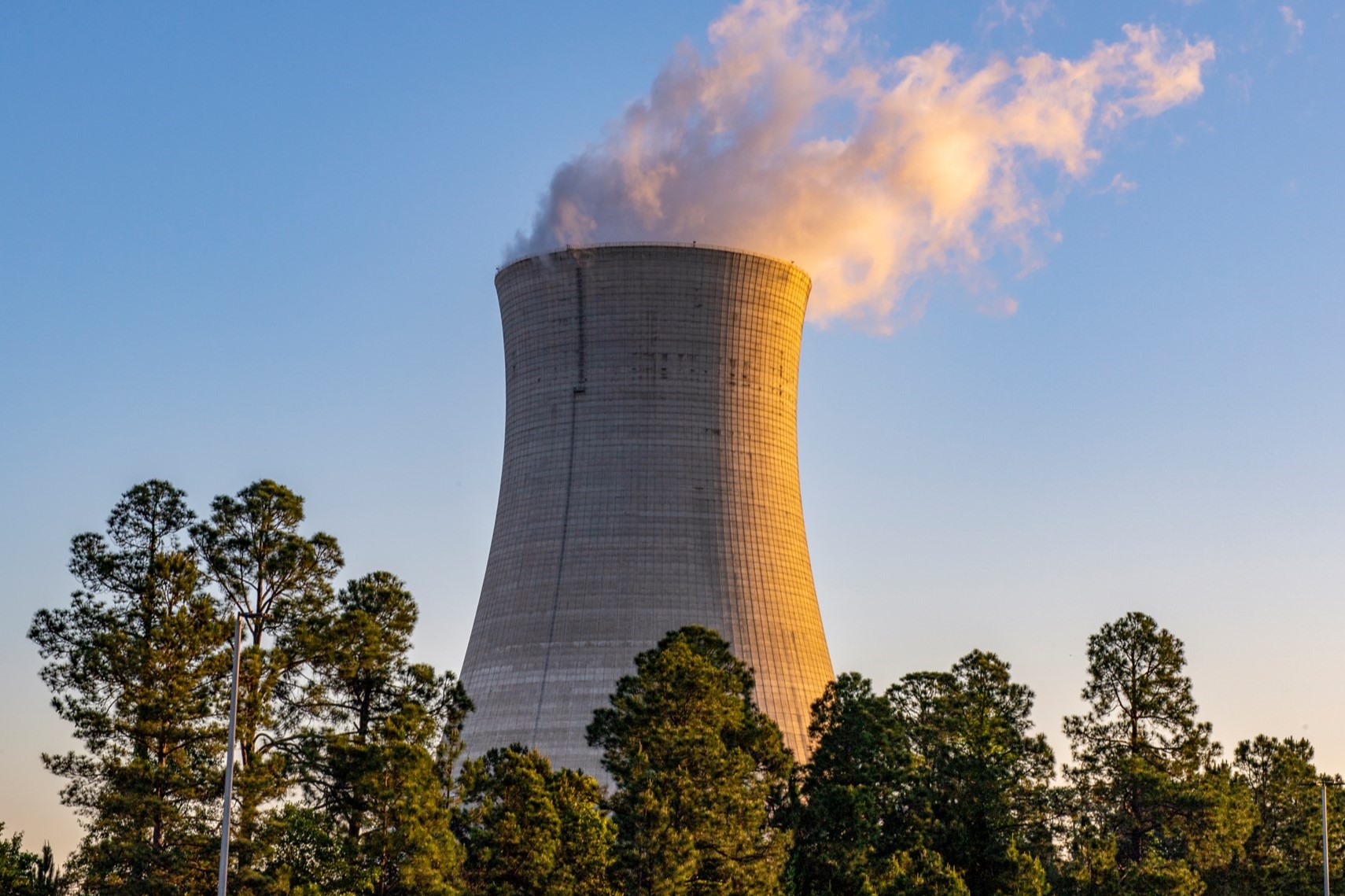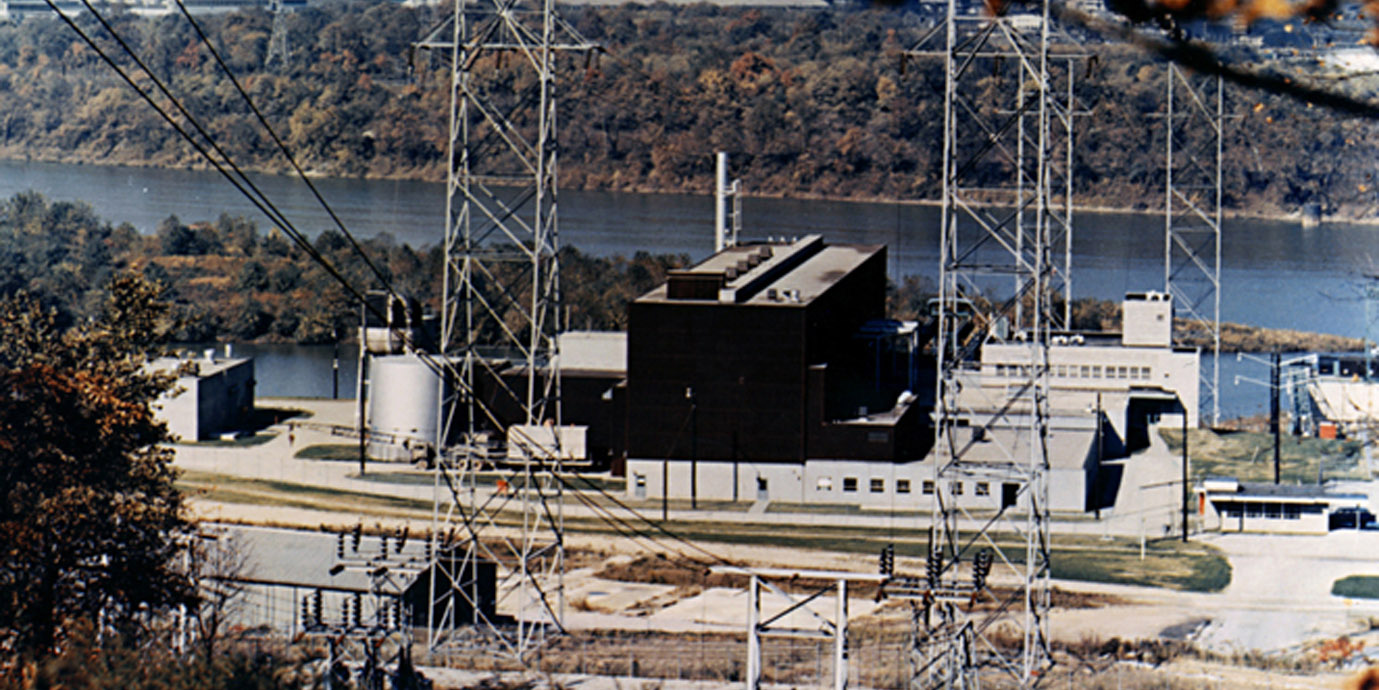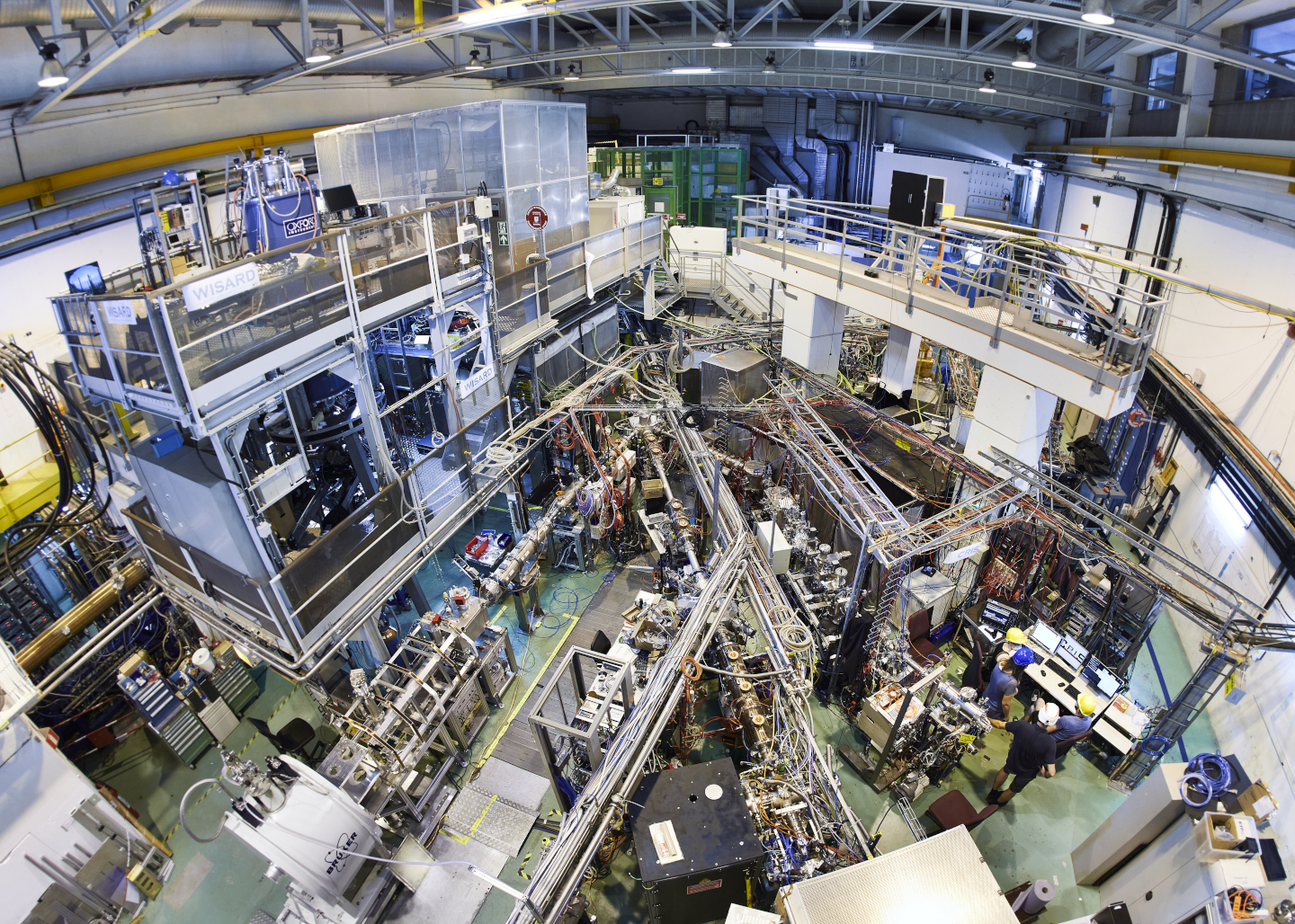A rendering of the Hermes low-power demonstration reactor. (Image: Kairos Power)
Having completed its review of the construction permit application for Kairos Power’s Hermes test reactor early last month, the Nuclear Regulatory Commission’s Advisory Committee on Reactor Safeguards (ACRS) recently submitted its conclusions to the agency, recommending approval.
Announcing the funding for commercial fusion energy development were Asmeret Asefaw Berhe (top left), director of the DOE-OS; Jennifer Granholm, secretary of energy (top right); and Arati Prabhakar (bottom), director of the White House Office of Science and Technology Policy and science advisor to the president.
From a crowded field of would-be fusioneers, the Department of Energy has selected eight companies for the public-private Milestone-Based Fusion Development Program to develop fusion pilot plant designs and resolve related scientific and technological challenges within five to 10 years. The DOE announced awards totaling $46 million for an initial 18 months of work on May 31.
The South Texas Project nuclear power plant. (Photo: Wikipedia)
Constellation Energy, operator of the largest U.S. reactor fleet, is acquiring NRG Energy’s 44 percent ownership stake in the South Texas Project nuclear plant, the Baltimore, Md.–based company announced this morning.
GA’s Magnet Technologies Center. (Photo: GA)
General Atomics (GA) and Tokamak Energy Ltd. are each independently developing magnetic confinement fusion power plant concepts that would use a tokamak and high-temperature superconducting (HTS) magnets to confine and shape a plasma heated to over 100 million degrees Celsius. On May 30, they announced a memorandum of understanding to collaborate on HTS magnet technology for fusion energy and other applications.
Jared Wicker of SRNS explains how different technologies are used to monitor the environment at SRS. (Photo: DOE)
Claflin University students recently toured the Department of Energy’s Savannah River Site in South Carolina to learn about the facilities and occupations there.
The Vogtle-3 cooling tower in April. (Photo: Georgia Power)
The Vogtle expansion project’s Unit 3 reactor has attained 100 percent energy output—the first time it has reached its maximum expected output of approximately 1,100 MWe, Georgia Power announced yesterday.
Seated, from left, are Patrick Fragman, CEOof Westinghouse; Łukasz Młynarkiewicz, acting president of PEJ; and Craig Albert, president and chief operating officer of Bechtel. Standing, from left, are Mark Brzezinski, U.S. ambassador to Poland; Anna Moskwa, Poland’s minister of climate and environment; and Mateusz Berger, Poland’s government plenipotentiary for strategic energy infrastructure. (Photo: Westinghouse)
Westinghouse Electric Company, Bechtel, and Polish utility Polskie Elektrownie Jądrowe (PEJ)—the three firms leading the effort to build Poland’s first nuclear power plant—have announced the signing of a new agreement that defines the main principles of cooperation on the project’s design and construction and confirms the implementation of its next major stage.
ANS Executive Director/CEO Craig Piercy presented Mark Peters with the Henry DeWolf Smyth Award at NEI’s Nuclear Energy Assembly.
At the Nuclear Energy Institute’s Nuclear Energy Assembly, held this year in Washington, D.C., the Henry DeWolf Smyth Nuclear Statesman Award was presented on May 17 to Mark Peters, Battelle’s executive vice president for national laboratory management and operations.
The LENOWISCO region of Virginia, being considered for future SMR siting, is in the far southwestern corner of the state. (Image: Virginia.gov )
Seven sites in southwestern Virginia have been identified as “competitive hosting grounds” for small modular reactors by a feasibility study Dominion Engineering, Inc. (DEI) prepared for the LENOWISCO Planning District Commission. (The planning district, based in Duffield, Va., serves the counties of Lee, Wise, and Scott and the city of Norton.) At a May 22 press conference at LENOWISCO’s offices, DEI chemical engineer and principal investigator Chuck Marks said the review represents the “very early stages of, does this region have what it takes to site one of these reactors, successfully deploy and successfully operate. And the answer is overwhelmingly yes,” according to an article in the Cardinal News.
The Shippingport Atomic Power Station in Shippingport, Pa., the first full-scale nuclear power generating station in the United States, began operating in 1957.
Serving as the world’s first scalable nuclear power plant, Shippingport Atomic Power Station led the way for today’s nuclear generation fleet. Shippingport was centrally located roughly 25 miles from Pittsburgh, Pa., to provide electrical generation for many end-users. Shippingport also served as an experimental reactor that allowed engineers and designers the ability to test different core designs, and as such, the site housed additional testing equipment otherwise not commonly seen. The primary goal of Shippingport was always to generate electricity; however, its ability to function as an experimental reactor served utilities in further development of scalable nuclear generation.
The ISOLDE facility. (Photo: CERN)
Today’s atomic clocks are exceptional timepieces that won’t lose or gain a second in 30 billion years. But if you’re looking for even more precision, you’ll be glad to learn that physicists at CERN’s ISOLDE nuclear physics facility have observed the decay of thorium-229 nuclei trapped in a crystalline structure and confirmed the potential for a nuclear clock. CERN announced the news on May 24.
